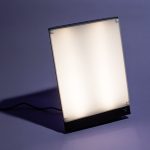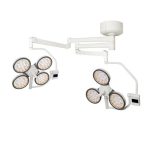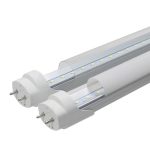LED Spotlight: Unveiling the Science behind How LED Produces Light
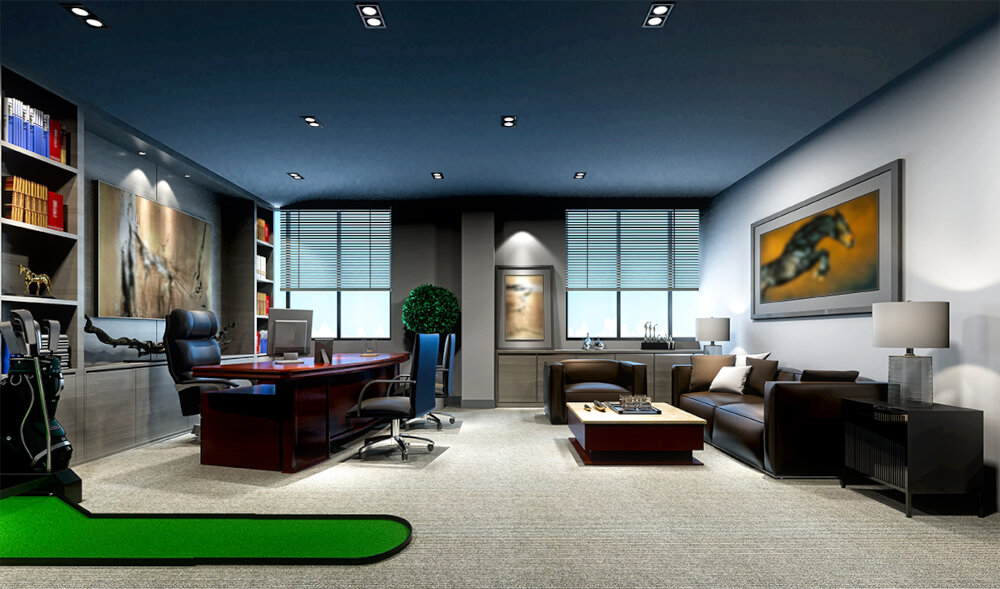
LED spotlights are becoming increasingly popular in the lighting industry due to their energy efficiency, durability, and longevity. They are widely used in various applications, including home lighting, commercial lighting, and automotive lighting. LED (Light Emitting Diode) technology has revolutionized the lighting industry, and its unique properties have made it the preferred choice for many consumers. However, have you ever wondered how LED produces light? In this article, we will unveil the science behind how LED produces light and explain the technology behind this innovative lighting solution. LEDs are a type of semiconductor that emits light when an electric current is passed through it. Unlike traditional incandescent bulbs, LEDs do not rely on a filament to produce light. Instead, they use a process called electroluminescence to produce light. When an electric current is applied to the LED chip, electrons within the semiconductor material become excited, and they release energy in the form of photons (light). The color of the light emitted by LED depends on the type of semiconductor material used in the LED chip. By manipulating the semiconductor material, manufacturers can produce LEDs that emit different colors of light, including red, green, blue, and white.
LED or Light Emitting Diode is a semiconductor device that emits light when an electric current passes through it. Unlike traditional incandescent bulbs, which produce light by heating a wire filament, LEDs produce light using a different process called electroluminescence. This process involves the movement of electrons within the semiconductor material, which results in the emission of photons or light. LEDs are highly energy-efficient, long-lasting, and versatile, making them a popular choice for a wide range of applications, from lighting homes and buildings to powering electronic devices and displays. With their low power consumption, high brightness, and durability, LEDs are quickly becoming the preferred lighting solution for the future.
LED technology has come a long way since its inception in the early 1900s. The first LED was invented by H. J. Round in 1907, but it wasn’t until the 1960s that practical applications for LEDs were developed. The first commercial LED was created by Nick Holonyak in 1962, and it emitted a red light. In the following years, scientists and engineers worked to improve the efficiency and range of colors of LEDs. By the 1990s, white LEDs were developed, and they quickly became popular for use in displays, lighting, and other applications. Today, LED technology continues to advance, with new breakthroughs in efficiency, color range, and applications being developed regularly.
The Science Behind LED
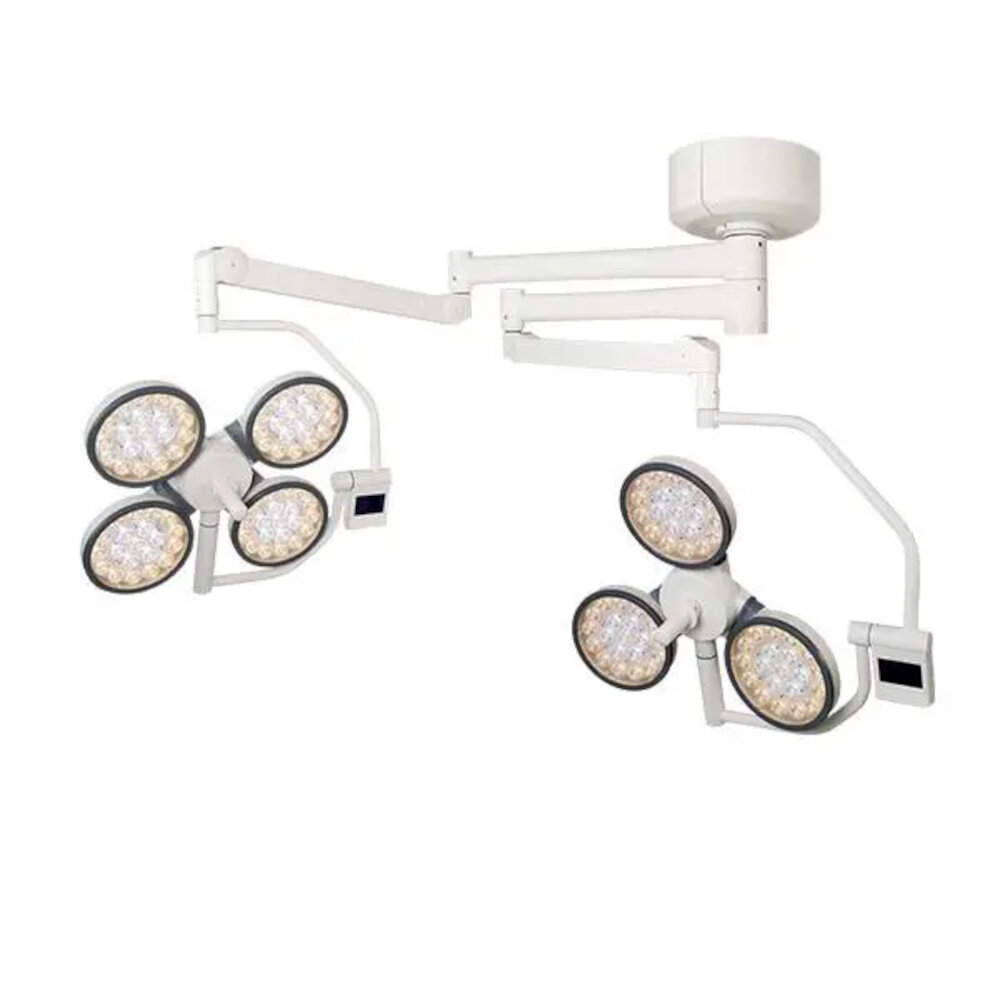
LEDs, which stands for Light Emitting Diodes, are semiconductor devices that emit light when an electric current is passed through them. The science behind LED is based on a phenomenon called electroluminescence, which is the release of light from a material due to the passage of an electric current through it. When an electric current is applied to the LED, the electrons in the semiconductor material are excited and move from the conduction band to the valence band. As the electrons move, they release energy in the form of photons, which produce visible light. The color of the light produced by the LED depends on the energy of the photons emitted, which is determined by the type of semiconductor material used in the LED. One of the unique features of LEDs is their energy efficiency. LEDs are much more energy-efficient compared to traditional incandescent light bulbs because they convert almost all the energy they consume into light. In contrast, incandescent bulbs waste a lot of energy in the form of heat, which is why they are less efficient. LEDs are also long-lasting, with a typical lifespan of around 50,000 hours, which is significantly longer compared to incandescent bulbs. Additionally, LEDs are environmentally friendly because they do not contain hazardous materials like mercury, which is commonly found in fluorescent bulbs. Overall, the science behind LED is fascinating and has revolutionized the lighting industry.
Semiconductors are materials that have an intermediate level of electrical conductivity, falling somewhere between conductors (e.g. metals) and insulators (e.g. rubber). They are typically made of elements such as silicon or germanium, which have four valence electrons in their outermost shell. When two different types of semiconductors are brought together, such as in a p-n junction, a depletion region is formed where there are no free electrons or holes. By applying a voltage across the junction, the depletion region can be reduced and electrons can flow across it. This creates a flow of current, which can be harnessed to produce light in the case of LEDs. When an LED is forward-biased, electrons jump from the conduction band of the n-type material to the valence band of the p-type material, releasing energy in the form of photons. This process is called electroluminescence, and is what makes LEDs such an efficient and long-lasting source of light.
An LED, or Light Emitting Diode, produces light by a process known as electroluminescence. This process occurs when an electric current is passed through a semiconductor material, such as silicon or gallium arsenide. The semiconductor material is doped with impurities, creating a p-n junction. When a voltage is applied to the p-n junction, electrons are able to move from the conduction band to the valence band, releasing energy in the form of photons. These photons create the visible light that we see from the LED. The color of the light produced depends on the material used in the semiconductor and the amount of current passing through it. This efficient and reliable method of producing light has made LEDs a popular choice for lighting in a variety of applications.
When compared to traditional incandescent bulbs, LED spotlights are significantly more efficient and environmentally friendly. Incandescent bulbs work by heating a filament until it glows and produces light. This process is highly inefficient, with up to 90% of the energy being lost as heat. In contrast, LED spotlights produce light through a process called electroluminescence, where a semiconductor material emits photons when an electric current is passed through it. This process is much more efficient, with up to 80% of the energy being converted into light. Additionally, LED spotlights have a much longer lifespan than incandescent bulbs and do not contain harmful materials such as mercury, making them a safer and more sustainable choice for lighting.
Advantages of LED Spotlight
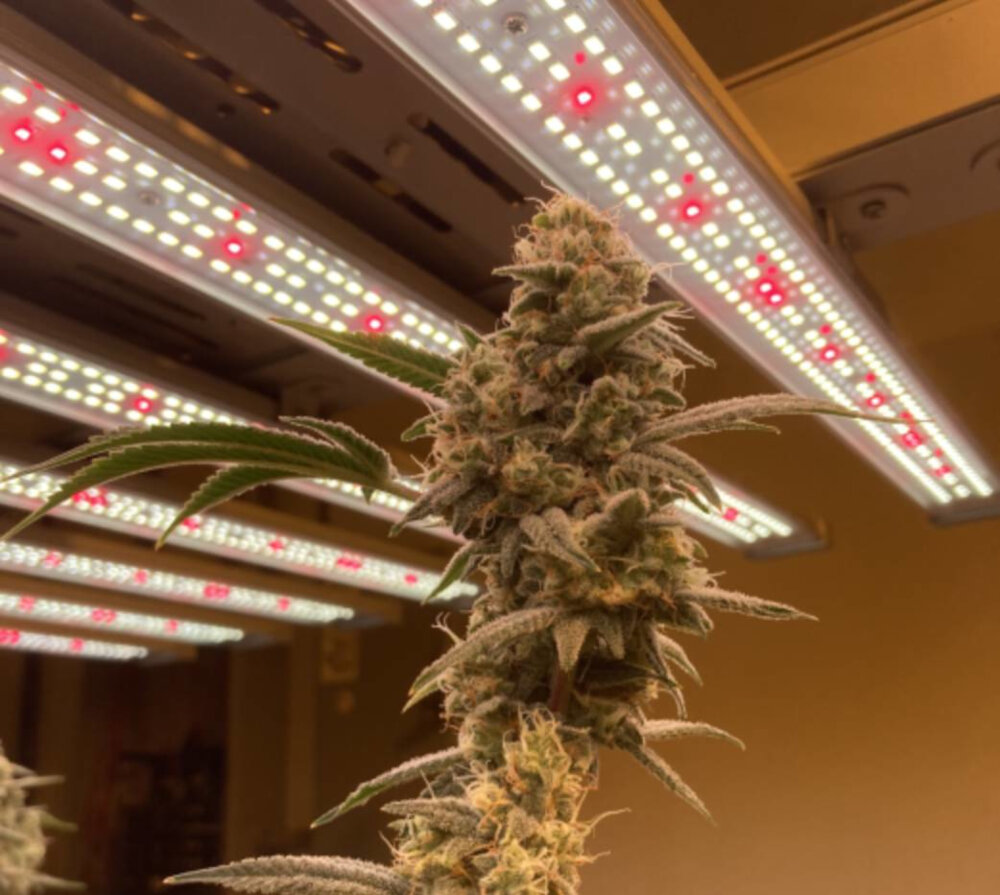
LED spotlights have become increasingly popular due to their numerous advantages over traditional lighting systems. Firstly, LED spotlights use significantly less energy than traditional lighting systems. They are highly efficient in converting energy into light, resulting in lower electricity bills and reduced carbon footprint. LED spotlights also have a longer lifespan than traditional lighting systems, which means less frequent replacements and reduced maintenance costs. Secondly, LED spotlights are highly durable and resistant to damage from external factors such as vibrations and shocks. They do not contain fragile filaments or glass bulbs that can break easily, making them ideal for use in harsh environments or areas that are prone to severe weather conditions. Furthermore, LED spotlights emit very little heat, which reduces the risk of fire hazards and makes them safer to touch and handle. Overall, LED spotlights are an excellent choice for anyone looking for a long-lasting, energy-efficient, and environmentally friendly lighting solution.
Energy efficiency is a crucial aspect of modern lighting technology, and LED is at the forefront of this revolution. LED lights produce light using significantly less energy than traditional incandescent bulbs, making them an incredibly energy-efficient lighting solution. This is achieved through the use of semiconductors that convert electricity into light, unlike older bulbs that convert electricity into heat, making them less efficient. LED lights also have a longer lifespan than traditional bulbs, which means they need to be replaced less often, further reducing energy consumption. By embracing LED lighting, we can reduce our carbon footprint, save energy, and create a more sustainable future for our planet.
In recent years, there has been a growing interest in the potential benefits of LED lighting, particularly in terms of its longer lifespan compared to traditional incandescent bulbs. LED lights can last up to 25 times longer than incandescent bulbs, which means less frequent replacements and lower maintenance costs in the long run. This is due to the fact that LED lights operate differently than traditional bulbs, using a semiconductor to produce light instead of a filament that burns out over time. In addition to their longer lifespan, LED lights are also more energy-efficient and environmentally friendly, making them a popular choice for both residential and commercial lighting applications.
Durability is one of the most significant benefits of LED technology. LED lights are extremely durable and have a long lifespan compared to traditional lighting solutions. This is because LED lights are made up of solid-state components that are resistant to shock, vibration, and extreme temperature fluctuations. In addition, LED lights do not contain any fragile filaments or glass enclosures that can easily break. The durability of LED lights makes them ideal for use in harsh environments where traditional lighting solutions would not be suitable. Furthermore, the long lifespan of LED lights means that they require less maintenance, reducing the overall operating costs of lighting systems.
Flexibility in design is an essential aspect of LED spotlight production. LED technology allows for customization in size, shape, and color, making it easy for manufacturers to produce LED lights that meet the specific demands of their customers. The advanced technology used in LED lights enables the design of a plethora of lighting options that are suitable for various applications, including commercial, residential, and industrial settings. LED lights also offer flexibility in terms of their energy efficiency, making them a cost-effective and eco-friendly lighting solution. With the ability to tailor their LEDs to specific applications, manufacturers can meet the unique demands of their customers while providing them with high-quality, energy-efficient lighting solutions.
Applications of LED Spotlight
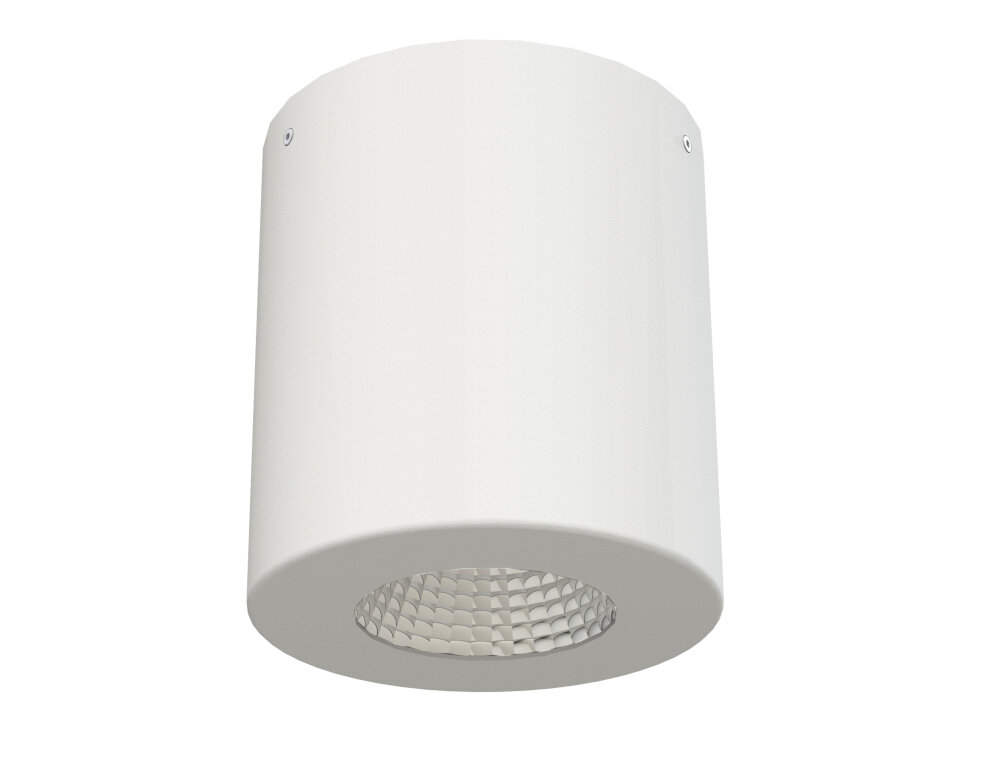
LED spotlights, with their high luminous efficiency and long lifespan, have become increasingly popular in various applications. One of the most common uses of LED spotlights is in residential lighting. Unlike traditional incandescent bulbs, LED spotlights emit directional light, which makes them ideal for accent lighting, task lighting, and even general illumination. Additionally, LED spotlights are available in a range of color temperatures, which allows for customization of the lighting effect to suit the user’s preferences and needs. LED spotlights can also be used in commercial and industrial settings, such as in retail stores, museums, and factories, where high-quality lighting is essential for showcasing products or creating a safe work environment. Another application of LED spotlights is in outdoor lighting. LED spotlights can be used for landscape lighting, security lighting, and even street lighting. They consume significantly less energy than traditional lighting sources, which can result in significant cost savings over time. Additionally, LED spotlights are highly durable and can withstand harsh weather conditions, making them ideal for outdoor use. LED spotlights also have a much lower carbon footprint than traditional lighting sources, making them an environmentally friendly option for outdoor lighting. Overall, the versatility and efficiency of LED spotlights make them an excellent choice for a wide range of lighting applications, from residential to commercial to outdoor lighting.
Residential use of LED spotlights has grown exponentially in recent years due to their energy efficiency, durability, and versatility. LED spotlights are widely used in homes for various purposes such as accent lighting, task lighting, and ambient lighting. The unique feature of LED spotlights is that they produce directional light, which means it can be directed to a specific area, creating a spotlight effect. LED spotlights are also available in various color temperatures, making them suitable for different environments and moods. Moreover, LED spotlights have a longer lifespan than traditional halogen bulbs, saving homeowners both money and time. Overall, LED spotlights are an excellent choice for homeowners who want to enhance the aesthetics of their homes while saving energy and money.
Commercial use of LED spotlights has become increasingly popular due to their energy efficiency, longevity, and versatility. LED technology has advanced significantly in recent years, resulting in higher quality light output and a broader range of color temperatures. These advancements have made LED spotlights ideal for use in various commercial settings such as retail stores, museums, galleries, and restaurants. LED spotlights provide a high level of illumination, allowing businesses to showcase their products or artwork effectively. Additionally, they are cost-effective and require minimal maintenance, making them an ideal choice for businesses looking to reduce their energy consumption and operating costs. Overall, LED spotlights are a smart investment for any business looking to enhance its visual appeal while reducing its energy consumption and overall costs.
The outdoor use of LED spotlights has revolutionized the way we illuminate our surroundings. Due to their superior energy efficiency and longevity, LED spotlights have become the go-to choice for outdoor lighting applications. Whether it’s for highlighting architectural features, illuminating pathways, or creating a dramatic effect, LED spotlights are the perfect solution. Not only do they produce bright and vibrant light, but they also require minimal maintenance and have a long lifespan, making them a cost-effective choice for outdoor lighting. With the ability to withstand harsh weather conditions and provide consistent illumination, LED spotlights have become an essential tool for enhancing the aesthetics and safety of outdoor spaces.
Automotive use of LED technology has become increasingly popular in recent years. LED lights are commonly used in headlights, brake lights, turn signals, and interior lighting. The advantages of LED lights in automobiles include their energy efficiency, longer lifespan, and brighter illumination. LED lights produce a crisp, white light that enhances visibility and reduces eye fatigue while driving. Additionally, LED lights are more durable than traditional halogen or incandescent bulbs, making them ideal for use in rugged environments. As LED technology continues to improve and become more affordable, it is likely that we will see even more widespread use of LED lights in the automotive industry.
Future of LED Spotlight
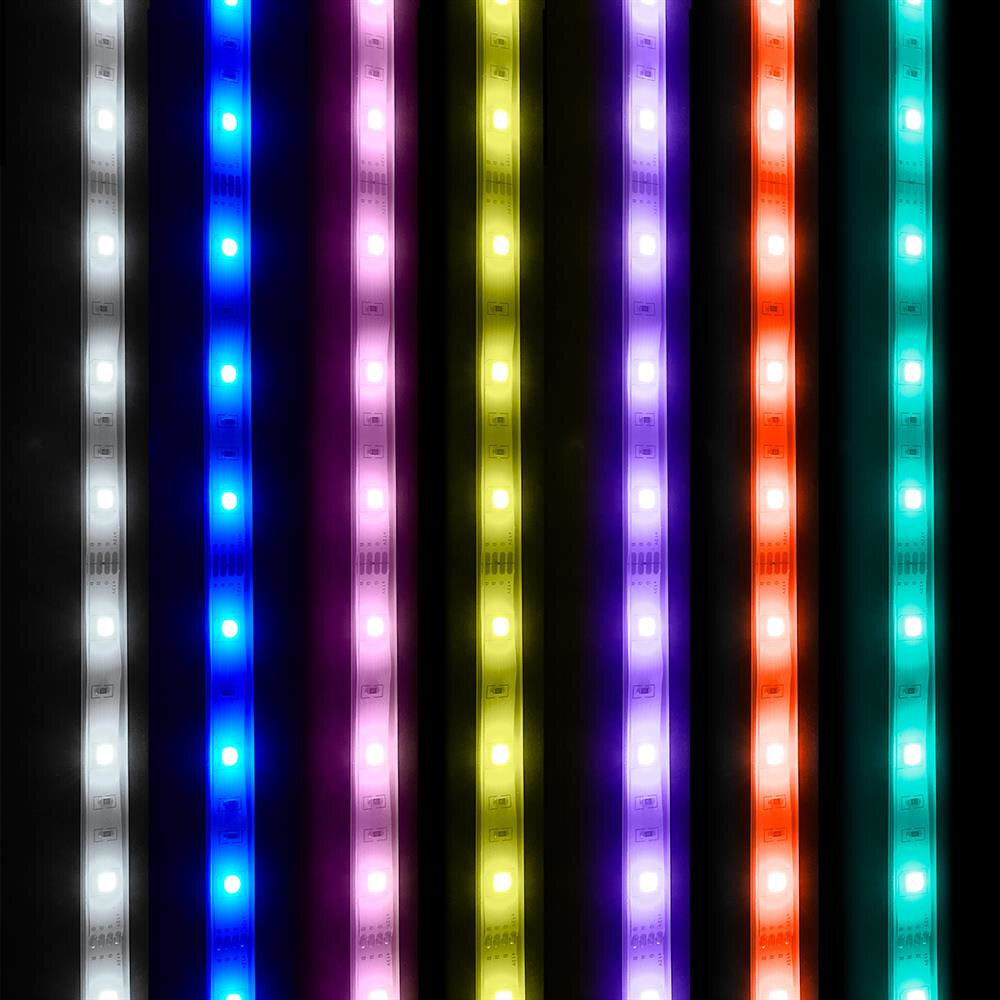
The future of LED spotlight is bright, as LED technology is one of the fastest-growing industries in the world. With the advancements in technology, LED spotlights are becoming more energy-efficient and long-lasting, making them a popular choice for homeowners and businesses alike. LED spotlights are now available in a variety of colors and designs, making it easy for people to choose the right one for their needs. In addition, LED spotlights are now being used in a wide range of applications, including automotive, aviation, and entertainment. With the increasing demand for energy-efficient lighting, LED spotlights are expected to become even more popular in the future. LED technology is constantly evolving, and new innovations are being developed to make LED spotlights even more efficient and powerful. As LED technology continues to improve, the cost of LED spotlights is expected to decrease, making them even more accessible to consumers. LED spotlights are also expected to become more versatile, with new designs and features that make them more adaptable to different environments and situations. Overall, the future of LED spotlight looks bright, and it is likely that LED technology will continue to play a significant role in the lighting industry for years to come.
Emerging technologies are continuously changing the way we interact with the world around us, and LED technology is no exception. LEDs have revolutionized the lighting industry with their energy efficiency, long lifespan, and versatility. The science behind how LEDs produce light is fascinating, as it involves the use of a semiconductor material that emits photons when an electric current is passed through it. This process is called electroluminescence and is the backbone of LED technology. As we continue to develop new materials and methods of utilizing LED technology, the possibilities for its application are endless. From lighting up our homes and cities to powering our electronic devices, LEDs are paving the way for a brighter and more sustainable future.
The potential advancements in LED technology are limitless. As LED lighting continues to become more efficient, cost-effective, and versatile, we can expect to see this technology being used in a wider range of applications. For instance, as scientists continue to research ways to increase the brightness and color accuracy of LED lights, we could see them being used in more specialized industries such as medical imaging and horticulture. Moreover, as LED lighting becomes more affordable, we can expect to see it being used in more everyday products such as household appliances and automobiles. The possibilities are endless, and as technology continues to advance, we can expect to see LED lighting play an increasingly significant role in our lives.
The development of LED technology has brought significant benefits to the lighting industry, not only in terms of energy efficiency and cost savings but also in terms of reduced environmental impact. Compared to traditional light sources, LED lights produce far less carbon emissions and do not contain hazardous materials such as mercury. Moreover, LED lights last longer and require less frequent replacements, leading to less waste generation. The reduced environmental impact of LED lights has made them a popular choice for businesses and homeowners alike who want to reduce their carbon footprint and contribute to a healthier planet.
In the article \LED Spotlight: Unveiling the Science behind How LED Produces Light,\ the author delves into the technical aspects of how light-emitting diodes (LEDs) create light. The article begins by introducing the concept of the p-n junction, a crucial component of LEDs that allows them to emit light. The author goes on to explain the different materials used in creating LEDs, such as gallium arsenide and gallium nitride, and how they affect the color and brightness of the light produced. The article also discusses the role of phosphors in creating white light from LEDs. Overall, this article provides a comprehensive overview of the science behind LED lighting, shedding light on the technology that has become an integral part of modern lighting solutions.
In conclusion, the LED technology has revolutionized the way we see and use light. The science behind LED is fascinating as it produces light through the movement of electrons, which is far more efficient than traditional incandescent bulbs. LED technology has also significantly reduced the consumption of energy, thereby reducing the carbon footprint. The long lifespan of LED bulbs also means less waste and a lower impact on the environment. Additionally, the versatility of LED technology has broadened its applications to various fields, including agriculture, medicine, and transportation. Overall, LED technology is a game-changer that has transformed our lives and has the potential to continue doing so in the future.
Conclusion
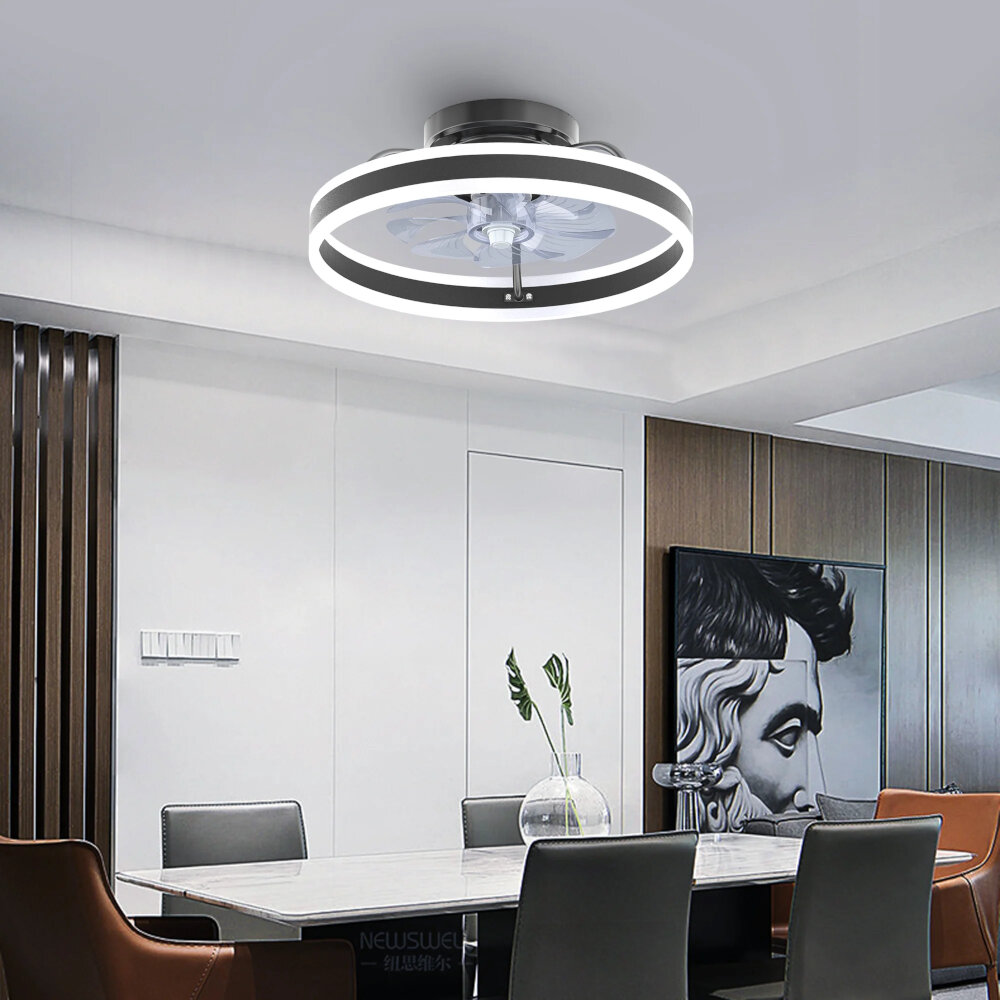
In conclusion, the LED spotlight is a modern and efficient lighting solution that has revolutionized the way we illuminate our surroundings. Understanding the science behind how LED produces light reveals the complex and intricate nature of this technology. From the creation of electron-hole pairs to the conversion of electrical energy into light energy, the process is truly fascinating. The benefits of LED lighting are numerous, including energy efficiency, longevity, and reduced environmental impact. As we continue to develop and improve upon this technology, we can look forward to even more innovative and sustainable lighting solutions in the future.

